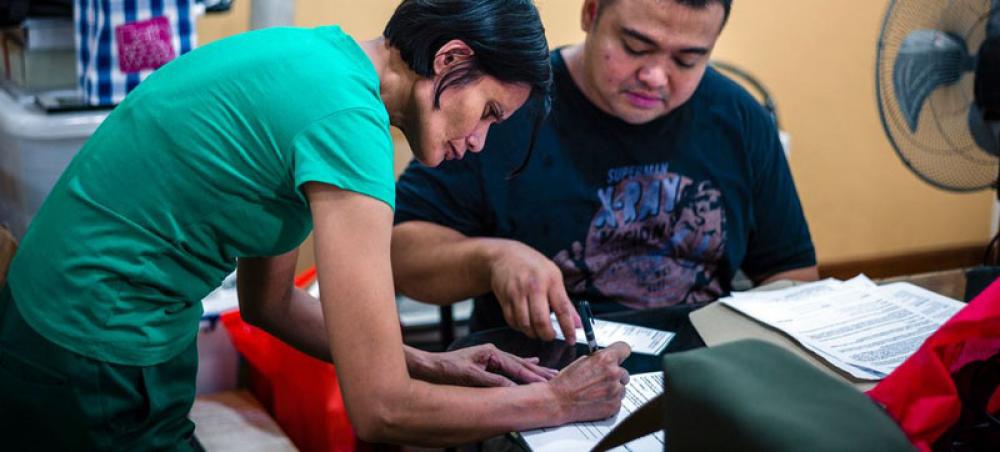Just Earth News | @justearthnews | 18 Sep 2022, 06:44 am Print
 Gender Gap
Gender Gap ILO/J. Aliling
New York: On average, women globally are paid about 20 per cent less than men, the International Labour (ILO) Organization said on Saturday, International Equal Pay Day.
While individual characteristics such as education, working time, occupational segregation, skills, or experience explain part of the gender pay gap, ILO says that a large part is due to discrimination based on one’s gender or sex.
Further building on the UN's commitment against all forms of discrimination, including that against women and girls, Equal Pay Day represents longstanding efforts towards achieving the same wage for work of equal value.
Women hardest hit
Meanwhile, women have been among the worst affected by the COVID-19 pandemic, including in terms of income security, representation in sectors hardest hit, and gendered division of family responsibilities.
This, in turn, has led negatively impacted their employment and threatened to reverse decades of progress made towards gender equality.
As countries emerge from the pandemic, taking action to address gender equality setbacks is not only relevant and timely but also critical for an inclusive, sustainable, and resilient recovery.
Closing the gap
Governments, employers, and workers organizations recognize that closing gender pay gaps is more important than ever.
Over the past few years, increasingly more governments are proposing transparency measures and information sharing to address gender wage gaps.
According to recent research, depending on how they are put into place, pay transparency measures can effectively identify compensation differences and reduce broader gender inequalities in the labour market.
“These are still early days for pay transparency,” said Manuela Tomei, Director of the ILO Conditions of Work and Equality Department, noting that countries are pursuing different approaches to advance it.
She pointed out that “there is no ‘one-size fits all’ solution”.
“While more time is needed to assess the effectiveness of the different measures and practices, it is encouraging that Governments, workers’ and employers’ organizations seek to devise innovative solutions, such as pay transparency, to tackle a stubborn problem”.
- UN’s chilling 2024 finding: Women are being killed every 10 minutes — Not by strangers!
- Argentina witnesses mass protests over torture, murder of three women
- New study shows one in three Australian men committed intimate partner violence
- Funding cuts in Afghanistan mean ‘lives lost and lives less lived’
- UN report says Iran using app, tech to monitor women who are not wearing hijab



-1763561110.jpg)


